Issue 54: Herbs of the Korean Diaspora
Fantastical and thought-provoking zine by two creative siblings
Hi KP!
I hope you are enjoying spring wherever you are. I come bearing the perfect spring present. I am exhilarated to share the excerpt of Herbs of the Korean Diaspora, a fantastical, whimsy, and thought-provoking zine by two creative siblings Jin Moon who wrote, and ShinYeon Moon who drew. Because I’ve mentioned my love of this zine several times in the past issues, I thought it was high time to share a snippet of it hoping for its reprint soon. Two creators graciously granted the permission to share some parts of the zine and I deeply appreciate their generosity and love.
In its Introduction, siblings noted that “[t]hey are drawing rather from their personal experiences, and the drawing out of a story and magic that connects plants to people, and people to the land. To witness and utilize herbs from the Korean diaspora, as Korean people, is also to understand and bear witness to the fact that we are settlers on this land that does not belong to us, on a continent where the native nations have faced hundreds of years of institutional genocide and violence, in order to create the country that resides here today. . . . We rise now, into this question: How do Korean people of the Korean diaspora, as a people whose lands have been somewhat restored to them, support and ally ourselves alongside those indigenous nations whose land we are currently on? How can we support the people? How can we support the land? How can we be aligned with Indigenous sovereignty in a time where our world so desperately depends on this for our collective survival?”
Keeping these questions in mind, please enjoy the excerpts from the zine below. Images are the photos taken from the zine I own, and the text is the part of the accompanying stories.
Sweet & Salty: Excerpts from Herbs of the Korean Diaspora byJin Moon and ShinYeon Moon
Mugwort: 쑥 (ssuk)
Mugwortians are world-dwellers, weaving doors between our visible worlds to the ones beneath and around us. They live in those shadowy and bitter places, taking care of the gut and gore of things, and are powerful allies in helping us realize our innate strength in confronting what we are afraid to face.
One of my earliest memories was the scent of mugwort. As a child prone to sickness, I remember being treated by a Korean medicine doctor who burned mugwort - in a process called moxibustion - on different pressure points on my body as a means of strengthening my immune system, and aiding in the movement of qi. What I remember though: a dark room, the silvery, swirling scent of mugwort, and the intense dreams - doors opening, vines reaching, dark, open, yes, and no.
Mugwort weaves open doors, but they do not leave us there, at the doorway of our fears. Rather, they stay there with us as protectors, witnesses, and friends. I have witnessed them most frequently residing between worlds - on coasts (water, land), on mountains (air, land) - as demarcations that there is a shift of energy taking place.
Yarrow:톱풀 (top’pul)
Yarrow as the architect: delicate, fierce, tough, and complex. The orchestrating they must do is in the balancing of yin and yang, to know where one thing ends and the other begins, and to delineate the space between us all. They are the teachers of grace. The Korean word for Yarrow, top’pul, sounds similar to the English world topple - which is what this plant prevents. By owning the grace, ease, and dedication of a tightrope walker, yarrow keeps us in that delicate squiggle holding together yin and yang, as the singular, yet complex and diverse horizons between heaven and earth.
What I most frequently ask yarrow for support with is in the establishing of boundaries. For those who are sensitive to the energies of people around them, who are still learning the skills of building up their psychic protections, Yarrow, with their attention to detail, are skilled textile workers, able to weave you whatever cloak of protection you may need, that allows for the filtering of the world so that you remain intact, knowing exactly where your walls end and the world’s begins.
Burdock: 우엉 (oe-ung)
Burdock grabs and pulls. It has thick, wavy, heart-shaped leaves, anointed with burrs that stick to your clothes and the fur of animals. The delicate purple flowers rise out from a ball of tightly knit ball of prickles. Burdock calls you to your attention, calls you to notice. Playful, like a kid hanging off of your leg. And patient, like an elder who has the capacity to witness through the complex layers of your heart.
Beneath the surface, Burdock enters into the earth as a single, long tap root, that grows deep, deep downward. It is there that we begin our time together with the people of Burdock. After doing the work of digging, and digging to find the intact tap root, past the burrs and the prickly edges that they have put up as defenses and distractions, we find ourselves in company of their most cherished root.
Like the burrs pulling at your pants legs, burdock pulls and draws out the toxins from your body just as it does its own root. I have felt the presence of the Burdock people deeply while wandering through mountain forests. I’ve followed their linen-clad, deep-belly laughter through the ferns and beneath the pines (the quiet footfall through the wet forest, [the surru-surru of cicadas], and the gentle voice guiding you towards itself, just before it disappears).
Ginkgo Biloba: 은행 (eun-haeng)
Fossils of ginkgo people have been found dating back 270 million years ago - during an era marked with one of our world’s largest mass extinctions that wiped out 70-80% of species on the planet. More recently, after the devastating bombing of Hiroshima, ginkgo trees were found, intact and quick to regenerate.
This is how the story of the ginkgo goes. Even in the wake of destruction, they remain, as witnesses and carriers of history. The people carry within their DNA a story of survival and resilience, and now live among us as one of the widest-used street trees in the world.
Will you take a moment to listen? Will you take a minute to witness them, too?
The ginkgo people have offered their leaves, with deep generosity, to us humans as way of asking us to remember.
As the violence of gentrifications occurs through all our major cities, as we walk through our places that have been designed to have us forget our connection to each other, the ginkgo asks us to hold fast to our roots, and persevere alongside them.
Korean School: 절기 Jeolgi, 24 Solar Terms
Fun facts, idioms, translations and history
절기 Jeolgi refers to the traditional 24 solar terms in the Korean calendar that mark seasonal changes throughout the year. The dates were to help farmers know when to plant or harvest based on weather patterns and natural cycles. Each jeolgi has a specific name that describes seasonal characteristics, like 입춘 Ip-chun (Beginning of Spring) or 대한 Dae-han (Great Cold). The system originated from ancient Chinese astronomy but was adapted to Korean climate and agricultural practices over centuries. Jeolgi continues to be culturally significant in modern Korea, connecting people to their agricultural heritage and the rhythms of nature. Hansoom, a storytelling project by Korean disaspora where Jin is part of, publishes jeolgi poster and journal each year.







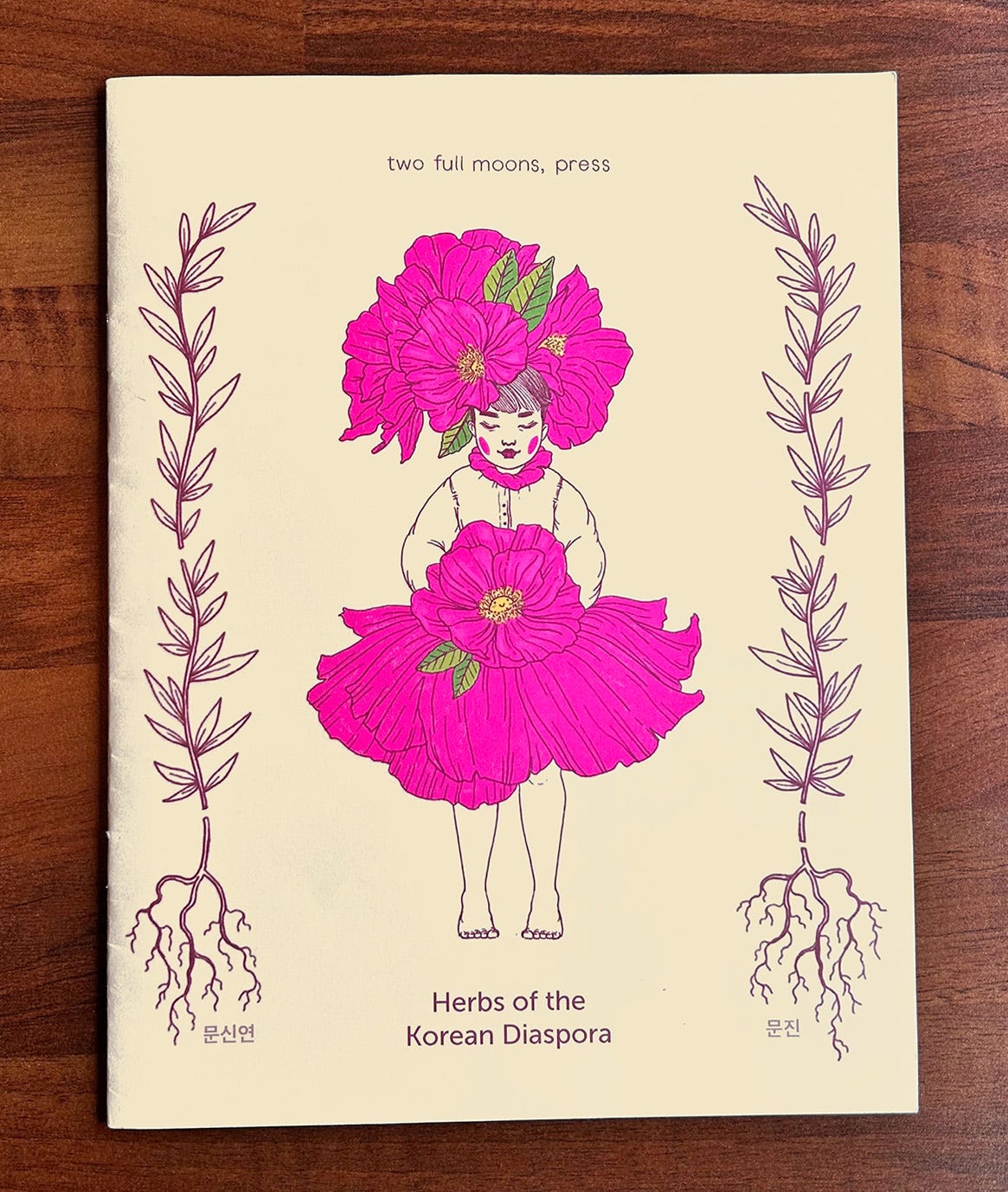
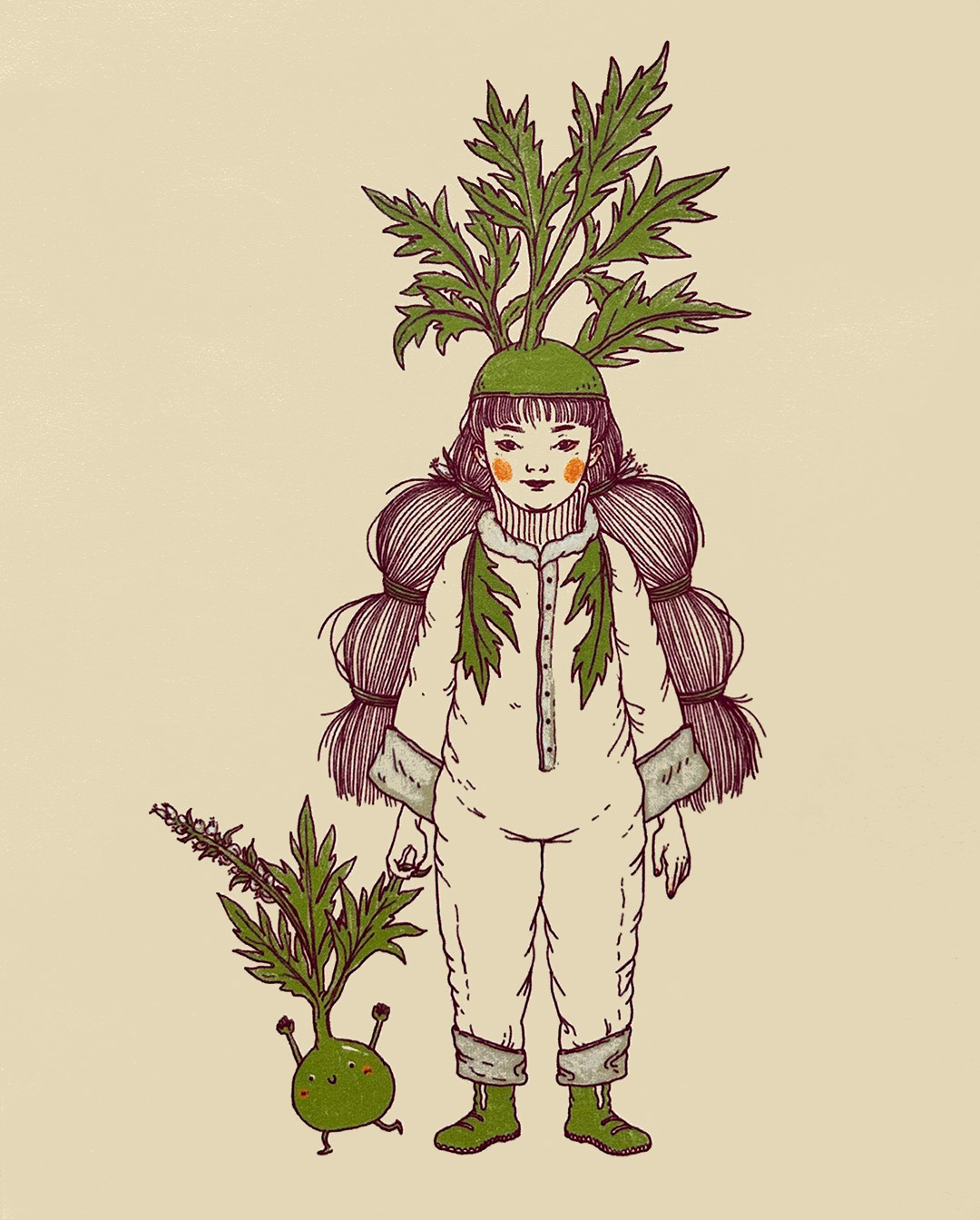
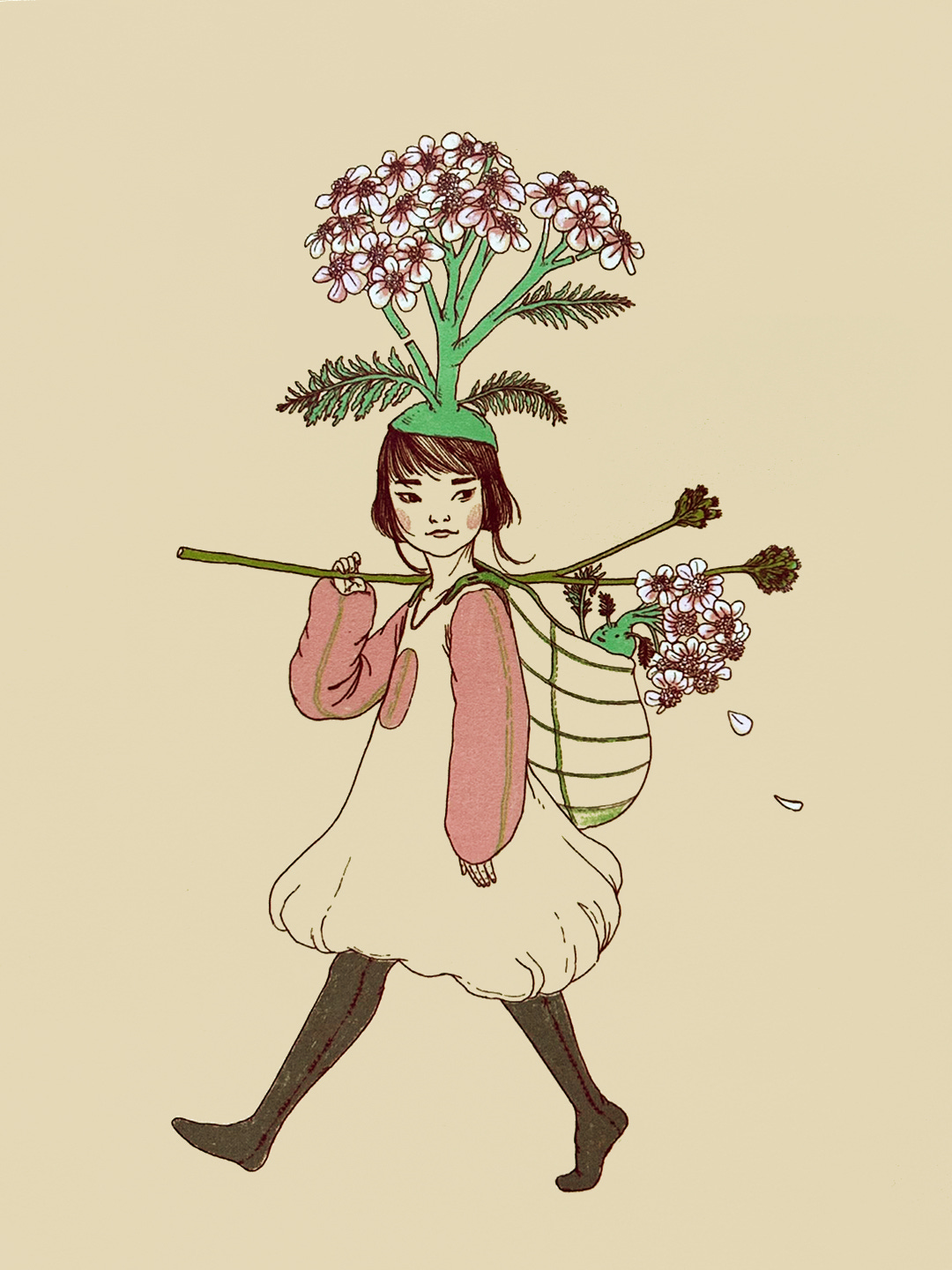
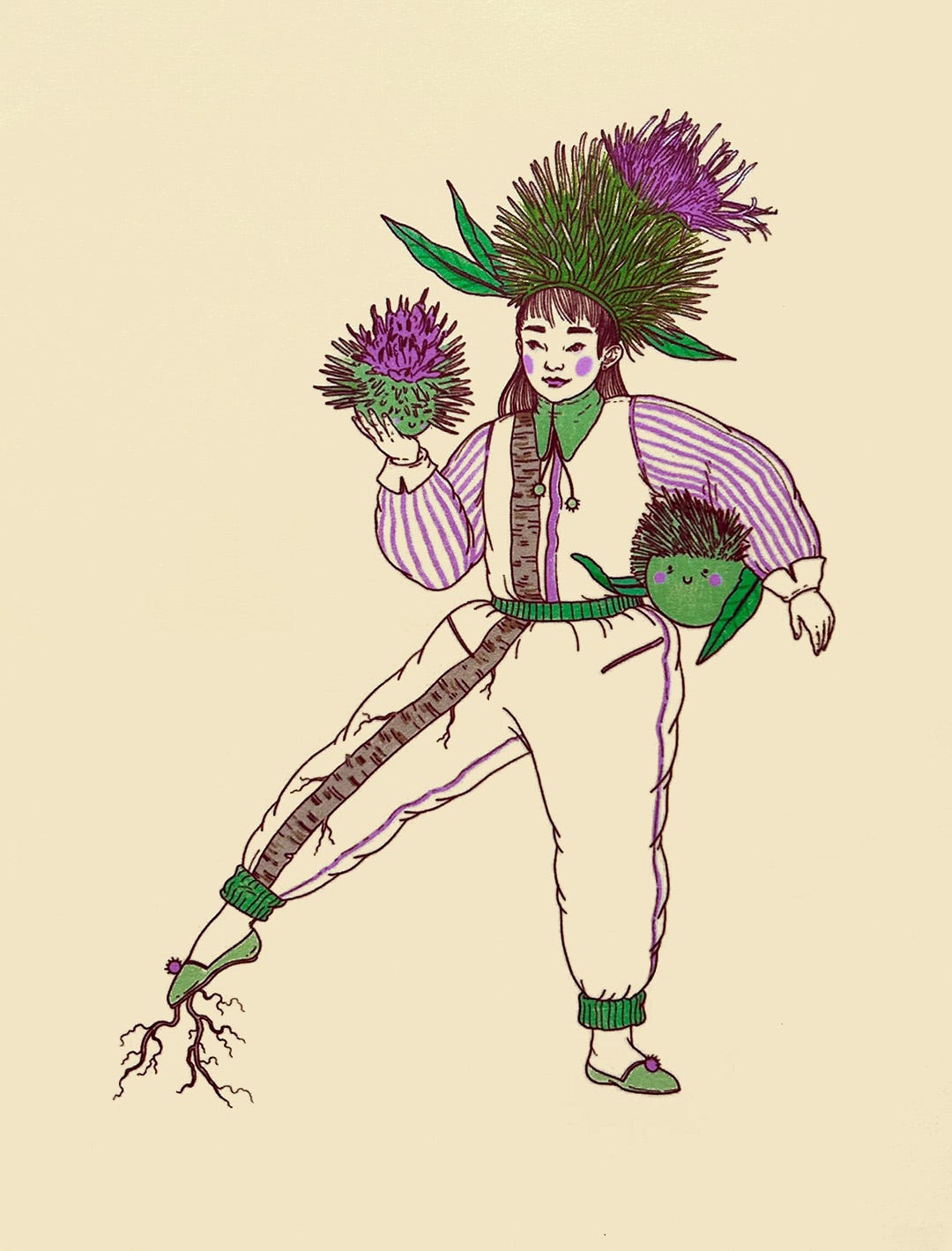
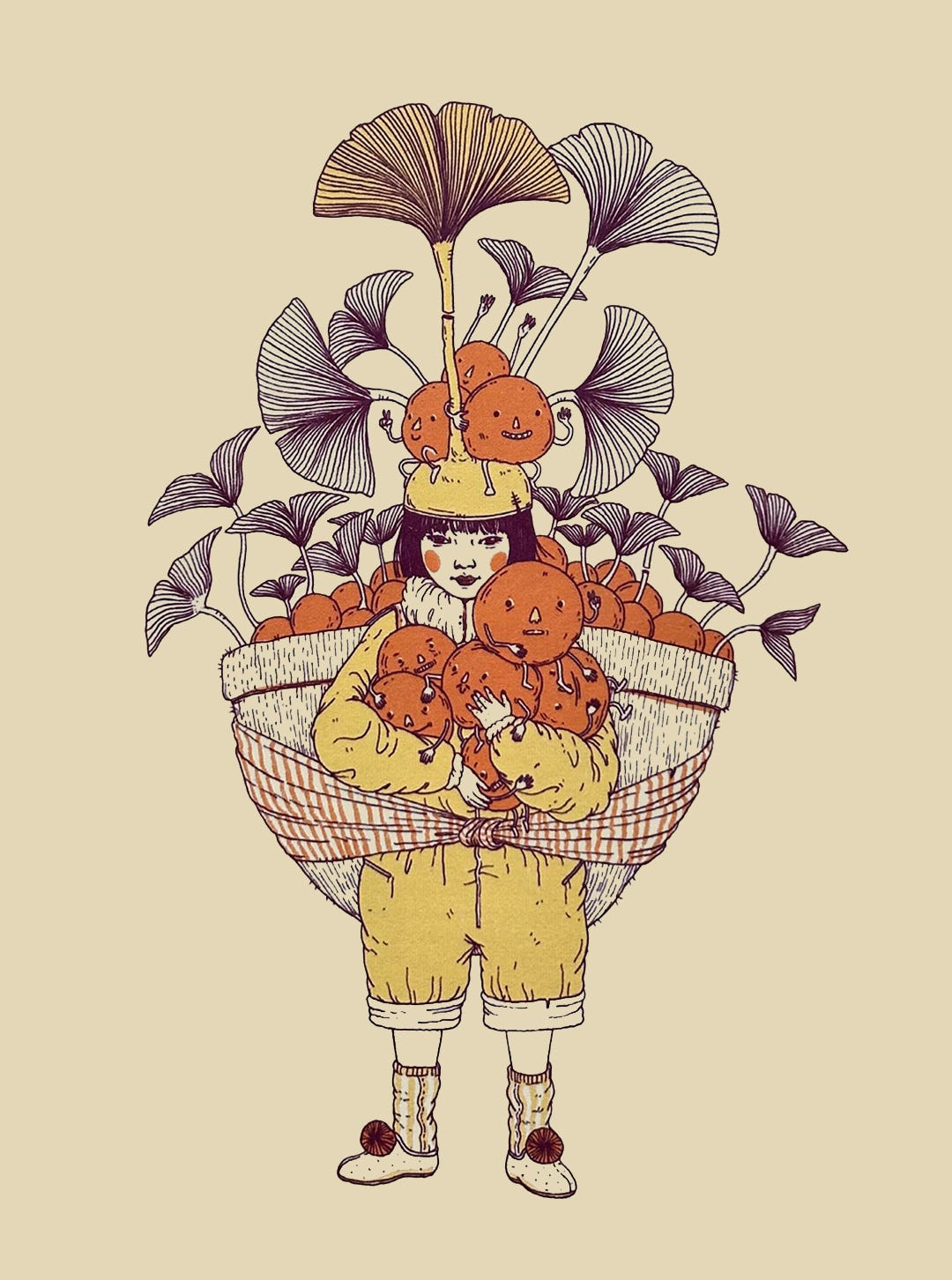


These are gorgeous 😍